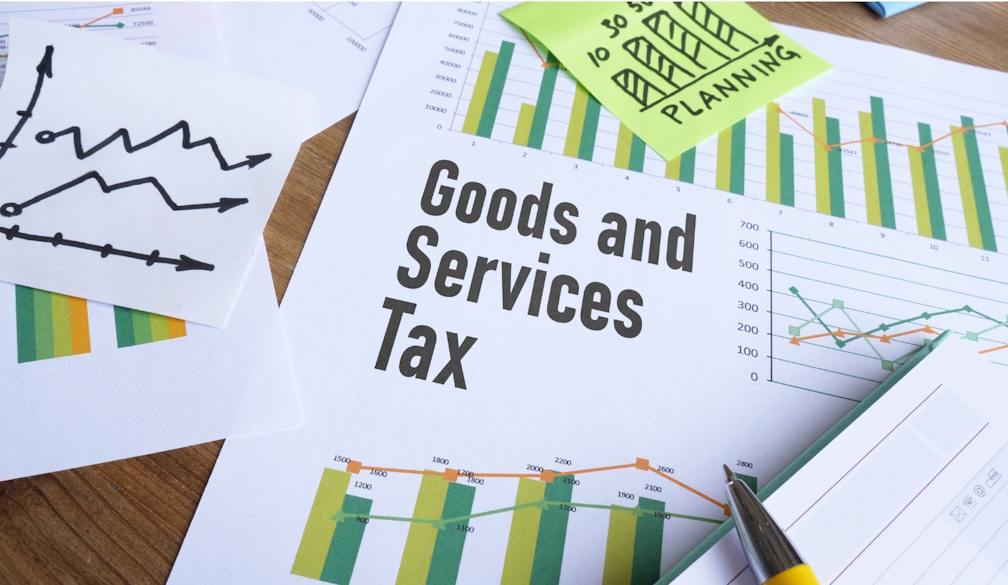How GST Revenue is Allocated to Each State or Territory
- Written by Times Media

The Goods and Services Tax (GST) is one of the most important revenue streams for Australian governments. Since its introduction in July 2000, GST has been collected by the Commonwealth Government but distributed in full to the states and territories. How this money is divided has long been a subject of debate, as it directly influences the ability of each jurisdiction to fund essential services like health, education, transport, and infrastructure. The process, known as horizontal fiscal equalisation (HFE), ensures that Australians across the country—whether they live in New South Wales or the Northern Territory—can access broadly similar public services.
The Foundation: Collection of GST
The GST is a 10% tax levied on most goods and services consumed in Australia. Unlike income tax or corporate tax, which goes directly into the Commonwealth budget, GST is specifically designed to be passed on to the states and territories. Each year, the Commonwealth collects the GST and transfers it as a block grant. However, the crucial question is: who gets how much?
The Role of the Commonwealth Grants Commission (CGC)
The distribution of GST revenue is determined by the Commonwealth Grants Commission (CGC), an independent statutory body. The CGC’s role is to recommend how GST should be shared to ensure equity across states and territories, taking into account:
-
Population size and growth
-
Revenue-raising capacity (e.g., mining royalties in WA, property stamp duties in NSW and Victoria)
-
Expenditure needs (e.g., high health costs in remote areas, infrastructure in sparsely populated regions)
-
Demographic differences (e.g., Indigenous population share, ageing population)
This approach aims to equalise fiscal capacity so that every state and territory has the ability to provide a similar standard of public services, despite their unique circumstances.
Horizontal Fiscal Equalisation Explained
The principle of horizontal fiscal equalisation (HFE) underpins the allocation process. HFE doesn’t guarantee each jurisdiction the same dollar amount per person—it ensures each has the capacity to deliver comparable services if they make similar revenue and spending efforts.
For example:
-
Western Australia (WA), with its significant mining royalties, can raise much more revenue per capita than other states. As a result, its share of GST is reduced to balance this advantage.
-
Tasmania and the Northern Territory, with smaller populations and higher service delivery costs, receive a larger share of GST relative to their size.
This system has sometimes caused political tension, particularly from WA, which has argued that its mining success has unfairly reduced its GST share.
The 2018 GST Distribution Reforms
In 2018, the federal government implemented significant reforms to address concerns from WA and others about the fairness of the system. The key changes included:
-
Introduction of a “relativity floor”
-
Ensuring that no state receives less than 70 cents per person per dollar of GST raised (rising to 75 cents from 2024–25).
-
-
Transition to a New Benchmark
-
Previously, the GST distribution was equalised to the “strongest state.” Under reforms, it is now equalised to the stronger of either New South Wales or Victoria, which are considered to better reflect the fiscal capacity of a large, diversified economy.
-
-
Commonwealth “top-up” payments
-
To prevent other states from losing out during the transition, the federal government provided additional funding to ensure no state was worse off under the new arrangements.
-
These reforms were phased in from 2021 to 2026, reshaping the way GST revenue is allocated.
Annual Determination of GST Shares
Each year, the CGC releases an update on the recommended GST distribution, known as relativities. These relativities reflect how much each state should receive per person compared to the national average. They are then applied to the overall GST pool.
For example:
-
A relativity of 1.0 means a state receives the national average per capita share.
-
A relativity above 1.0 (e.g., Tasmania at around 1.7) means the state receives more than average.
-
A relativity below 1.0 (e.g., WA in past years at 0.3 before reforms) means the state receives less than average.
Current Trends in GST Distribution
-
New South Wales & Victoria: As the largest states with strong revenue bases, they often receive close to or just below the average per capita share.
-
Queensland: Benefits from GST due to its growing population and regional service needs, but its strong natural resource base moderates allocations.
-
Western Australia: Saw its GST share dramatically increase after the 2018 reforms and the introduction of the relativity floor, easing long-running grievances.
-
Tasmania & Northern Territory: Continue to be the biggest per capita beneficiaries due to small populations, high costs, and limited revenue bases.
-
South Australia & ACT: Fall in the middle, with adjustments made for economic and demographic factors.
Why GST Distribution Matters
The allocation of GST revenue is more than a technical exercise—it directly impacts everyday Australians. The funding helps ensure:
-
Hospitals and schools in smaller states are not underfunded.
-
Remote communities, including Indigenous communities, receive adequate support.
-
Infrastructure and services in high-growth areas can keep pace with demand.
-
States with strong natural resource revenue don’t disproportionately outpace others in public services.
Ultimately, the system reflects Australia’s federal structure: while the states are responsible for most service delivery, they rely heavily on Commonwealth transfers to fund these responsibilities.














